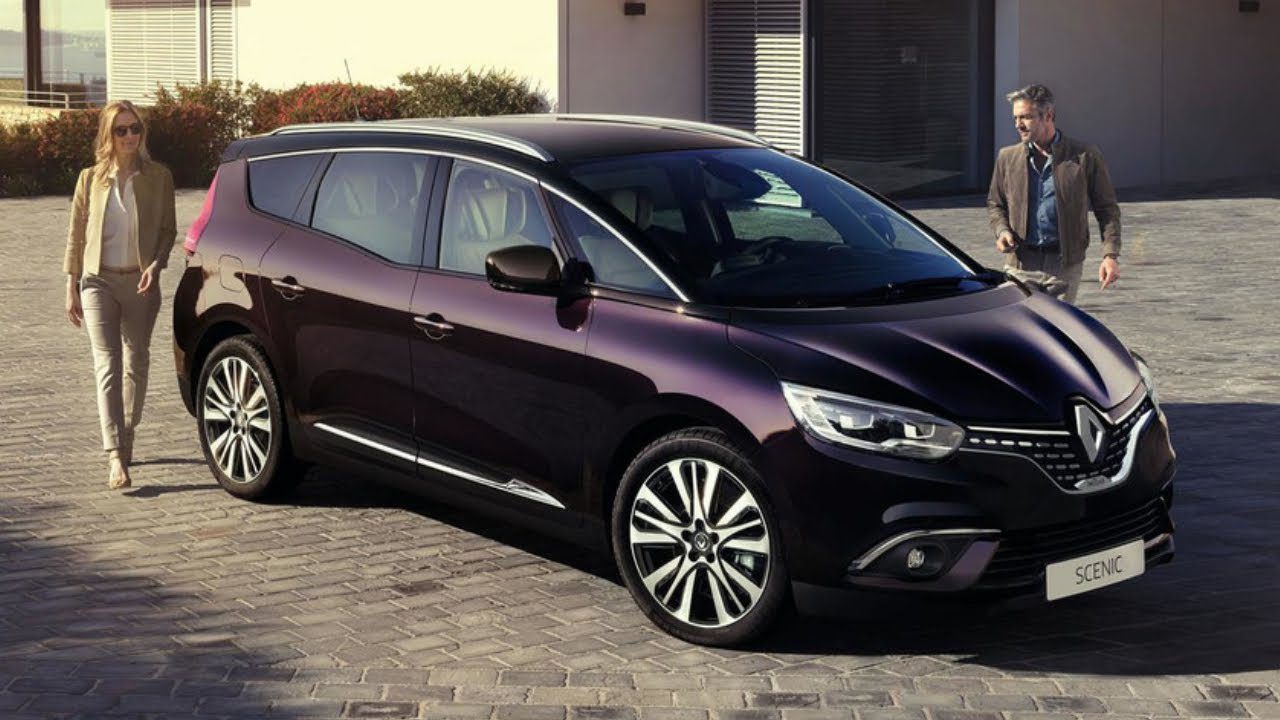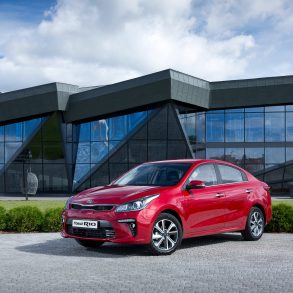Renault Scenic
The Renault Scenic is a compact multi-purpose vehicle (MPV) produced by the French automaker Renault. It can be credited as one of the pioneers in the compact MPV segment in Europe, having significantly influenced the market trend toward versatile family cars. Over the years, the Scenic has been praised for its practicality, safety features, and innovative design elements.
Renault Scenic Overview
The Renault Scenic was introduced in 1996 as a derivative of the Renault Megane, capitalizing on the hatchback’s platform but offering greater interior flexibility and a taller stance.
The original Scenic was a game-changer, introducing a compact car with sliding seats, a multitude of storage compartments, and a higher driving position. It quickly gained popularity among families. This iteration built upon the original’s success, introducing more modern design cues, enhanced safety features, and improved technology offerings. The design became more dynamic, with better aerodynamics and a more upscale feel. The interior also saw significant upgrades in terms of quality and tech features. With a more SUV-like appearance, the latest Scenic and its larger counterpart, the Grand Scenic, showcase sharper design lines and incorporate advanced safety and tech features. The shift toward a more crossover-like look reflects the broader market trend favoring SUVs and crossovers.
The Renault Scenic’s introduction and success prompted many other manufacturers to produce competitors in the compact MPV segment. Its influence can be seen in the numerous similar vehicles that followed from various brands. Beyond its sales success, the Scenic has been recognized with various awards throughout its lifespan. Notably, it won the European Car of the Year award in 1997, signaling its impact and innovation in the European market.
Renault Scenic Sales Figures
Renault Scenic Europe Sales Data & Charts
Europe Annual Sales
| Year | Sales Units |
|---|---|
| 1997 | 177,122 |
| 1998 | 252,061 |
| 1999 | 290,152 |
| 2000 | 301,722 |
| 2001 | 291,846 |
| 2002 | 256,441 |
| 2003 | 250,317 |
| 2004 | 319,131 |
| 2005 | 305,420 |
| 2006 | 258,454 |
| 2007 | 238,002 |
| 2008 | 168,178 |
| 2009 | 147,777 |
| 2010 | 185,295 |
| 2011 | 160,159 |
| 2012 | 130,895 |
| 2013 | 109,985 |
| 2014 | 110,023 |
| 2015 | 108,583 |
| 2016 | 79,288 |
| 2017 | 106,415 |
| 2018 | 90,680 |
| 2019 | 76,045 |
| 2020 | 36,592 |
| 2021 | 20,678 |
| 2022 | 9,465 |









